Dr Jakub Scaber from the University of Oxford is our newest Medical Research Council (MRC)/ MND Association Lady Edith Wolfson Clinical Research Fellow. He is investigating how the newly identified C9orf72 gene causes MND in some individuals using induced pluripotent stem (iPS) cell technology.
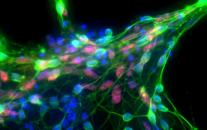
Researchers funded by the Association were amongst the first to create human motor neurones from donor skin cells, mimicking the signs of MND. Today, the Association is committed to funding six research projects using iPS cell technology to further our understanding of MND. This includes the recently awarded fellowship to Dr Scaber. Read more about these projects here.
Dr Scaber will be using iPS cell technology to take skin cells from someone living with the rare inherited form of MND (5 – 10% total MND cases) caused by the C9orf72 mutation. Similar to Prof Chandran’s research at the University of Edinburgh, he will then make these cells ‘forget’ what they are and turn them into motor neurones. By studying these cells in detail he aims to find out how this mutation causes MND and whether or not gene therapy can be used as a potential treatment.
Back to school
The process of creating motor neurones is a bit like going back to school to study a new subject. By forgetting their natural role as skin cells, these cells enter an immature state (like being back at school, they haven’t quite decided what they want to be when they ‘grow up’).
By influencing these cells with a number of chemicals (or making them study certain subjects) researchers can guide them into following a specific career path, such as becoming a motor neurone. This process is known as induced pluripotent stem (iPS) cell technology and enables researchers to study human motor neurones ‘in a dish’, something that was unimaginable a few years ago.
Dr Scaber, commenting on the process of creating human motor neurones in this way, said: “Creating human motor neurones from iPS cells is a long (three months) and complicated one (can go completely wrong at multiple steps!). However, once the cells are created, it allows you to visualise living human motor neurones in previously never before seen detail.”
Find out more about iPS cells and MND in this video presentation by Prof Chandran
How our research is using iPS cells to find out more about MND
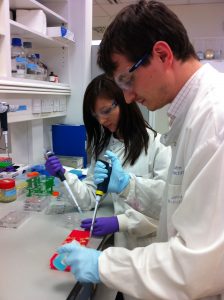
Nowadays researchers can create human motor neurones with relative ease and they are already beginning to use them to find out more about MND.
Dr Ruxandra Muthiac recently presented at our Newport Spring Conference earlier this month. Like Dr Scaber, she is also based at the University of Oxford, and is using these cells to better understand how the protein TDP-43 causes MND. TDP-43 is commonly found in ‘clumps’ within motor neurones affected by MND. How these clumps of TDP-43 cause MND is still unknown and Dr Muthiac is using these cells to further investigate this. Find out more about TDP-43 here.
Like Dr Muthiac, Dr Scaber will also be looking at what causes MND in these cells and will be specifically investigating how the C9orf72 gene causes MND. Dr Scaber also hopes to use gene therapy to try and reverse the changes.
Gene therapy aims to specifically target the mutations in the C9orf72 gene, preventing them from causing the disease. By fixing the ‘bad part’ of the gene that causes MND, Dr Scaber hopes that gene therapy will make the resulting C9orf72 gene ‘normal’.
This normal C9orf72 gene should, in theory, no longer cause the motor neurones to develop MND, and thus remain healthy. This is what Dr Scaber aims to find out during his fellowship. His work will provide the essential first steps in exploring whether gene therapy has a role to play in treating MND.
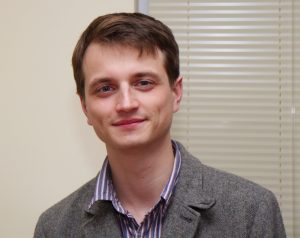
If this gene therapy approach shows promise Dr Scaber is then perfectly situated to transfer this knowledge from the lab to the clinic. Dr Scaber said: “The ability to grow and study human motor neurones in the laboratory was deemed a thing of science fiction by MND researchers. Recent major advances in stem cell research mean it is now possible to generate human motor neurones from donor skin cells in a dish to understand the biochemical process underpinning MND.
““I am grateful and delighted to have been awarded a fellowship to study the biology of MND. With my research I aim to further improve our understanding of MND, by using these cells to find out more about the role of C9orf72. While my research will not have a direct impact on patient care initially, I hope that the knowledge gained will enable us to propose new treatment avenues in the future.”
Find out more:

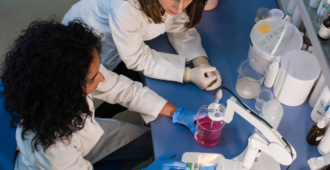
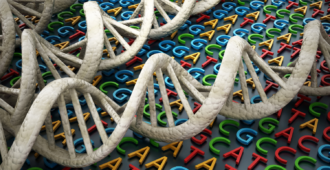
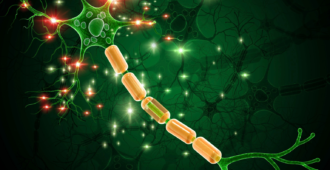


Comments are closed.